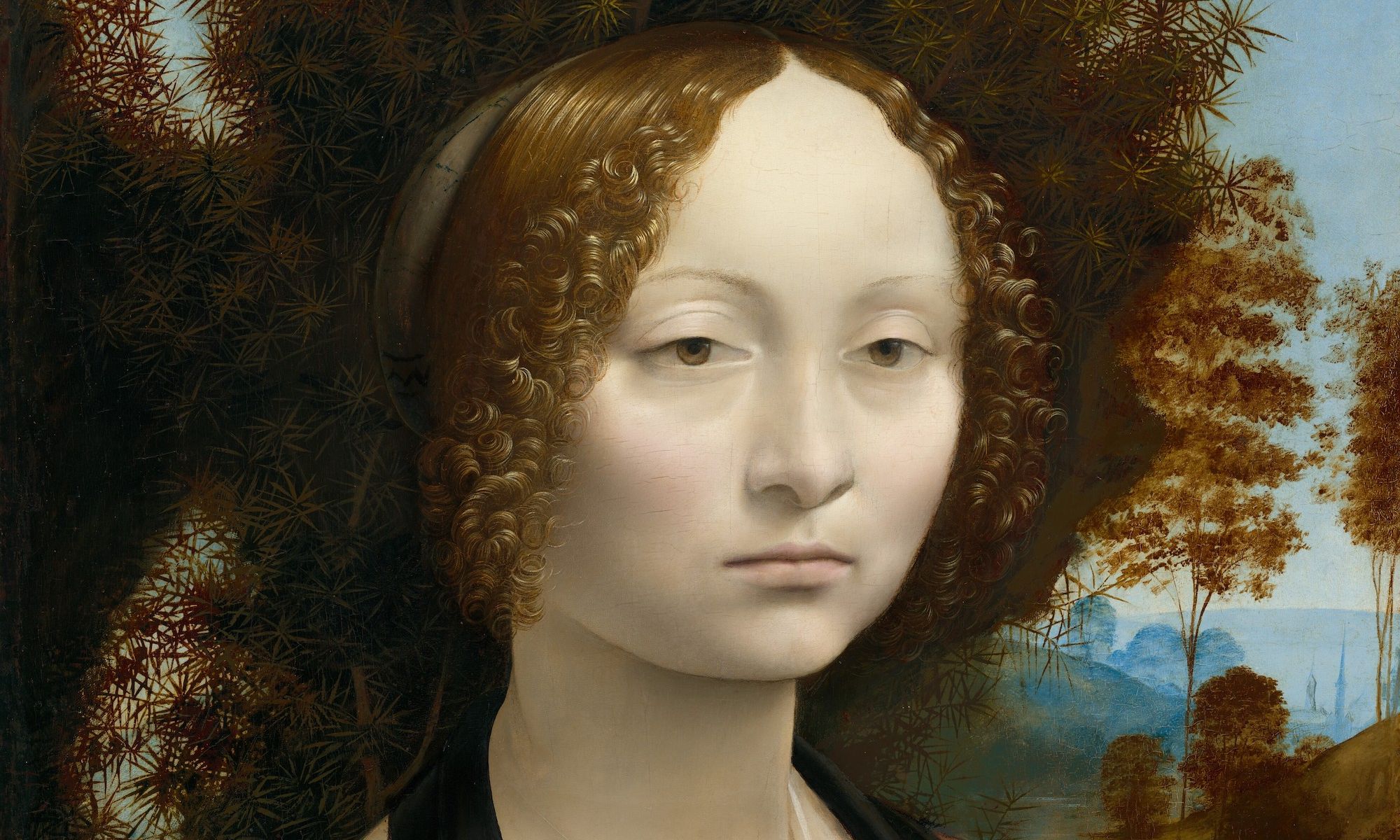Leonardo da Vinci, Ginevra de' Benci, around 1974-78. Ailsa Mellon Bruce Fund Courtesy National Gallery of Art, Washington, DC
Visitors turning up to the National Gallery of Art (NGA) in Washington, DC, to see the only Leonardo da Vinci painting on public display in the Americas—his early portrait of a Florentine banker’s teenage daughter—take note: the work is being moved from its usual perch in the galleries for 13th-to 16th-century Italian, French and Spanish works as they undergo renovations.
Beginning 17 July, Ginevra de’ Benci (1474-78) will be on view in gallery 39 of the NGA’s Neoclassical West Building, a space typically reserved chiefly for Flemish and Netherlandish works of the same era. Gallery six, where the Leonardo usually hangs alongside pieces by Andrea del Castagno, Sandro Botticelli, Filippino Lippi and others, will be closed for renovations until early next year.
Installation view of gallery six on the main floor of the National Gallery's West Building featuring Leonardo da Vinci's Ginevra de' Benci Courtesy the National Gallery of Art, Washington, DC
The Leonardo’s relocation coincides with the closure of the NGA’s main entrance facing the National Mall and about 20 other galleries on the ground floor of the museum’s West Building. The closures are necessary due to ongoing repairs and renovations to the building, including the replacement of sections of its roof, upgrades to its entrance facing the National Mall and sprucing up its lawn.
The NGA’s West Building, designed by John Russell Pope—who also designed the Jefferson Memorial and the British Museum’s Duveen Gallery—was the world’s largest marble building at the time of its inception. Built at the site of president James A. Garfield’s assassination, it was completed in 1941.
Leonardo’s portrait of Ginevra de’ Benci, made when he was in his early to mid twenties, was held in the princely collections of Liechtenstein from the 17th century until the 1960s, when Prince Franz Josef II of Liechtenstein let it be known that the picture was for sale. The NGA won out in the ensuing bidding war, acquiring the painting in 1967 for $5m—the largest sum ever paid for a piece of art at the time. The museum had hosted Leonardo’s Mona Lisa four years prior during a rare travelling exhibit of the iconic work, which caused a furor and long queues in Washington.
The prized acquisition landed in the US capital under cover of secrecy, with an FBI escort—using the codename “the Bird”—in January 1967. The museum’s press release announcing the acquisition stated the enormity of the purchase quite plainly: “No other generally acknowledged painting by Leonardo is known in private hands or in any public collection outside Europe.” It was unveiled to great fanfare on 17 March 1967, the 30th anniversary of the NGA’s founding.
Last year, the NGA acquired the Leonardo drawing Grotesque Head of an Old Woman (1489-90), which is a prime example of his many studies of physiognomy.

